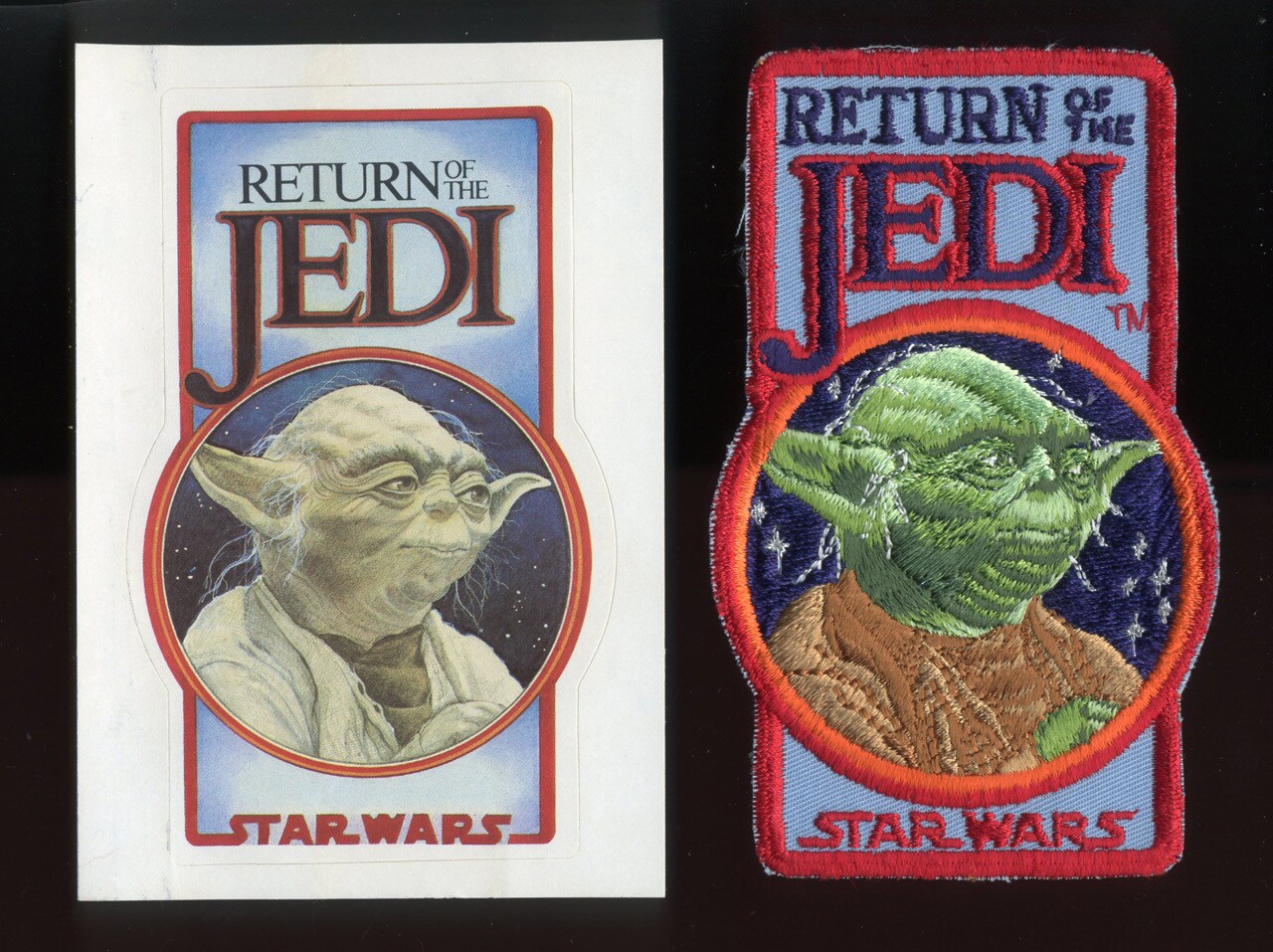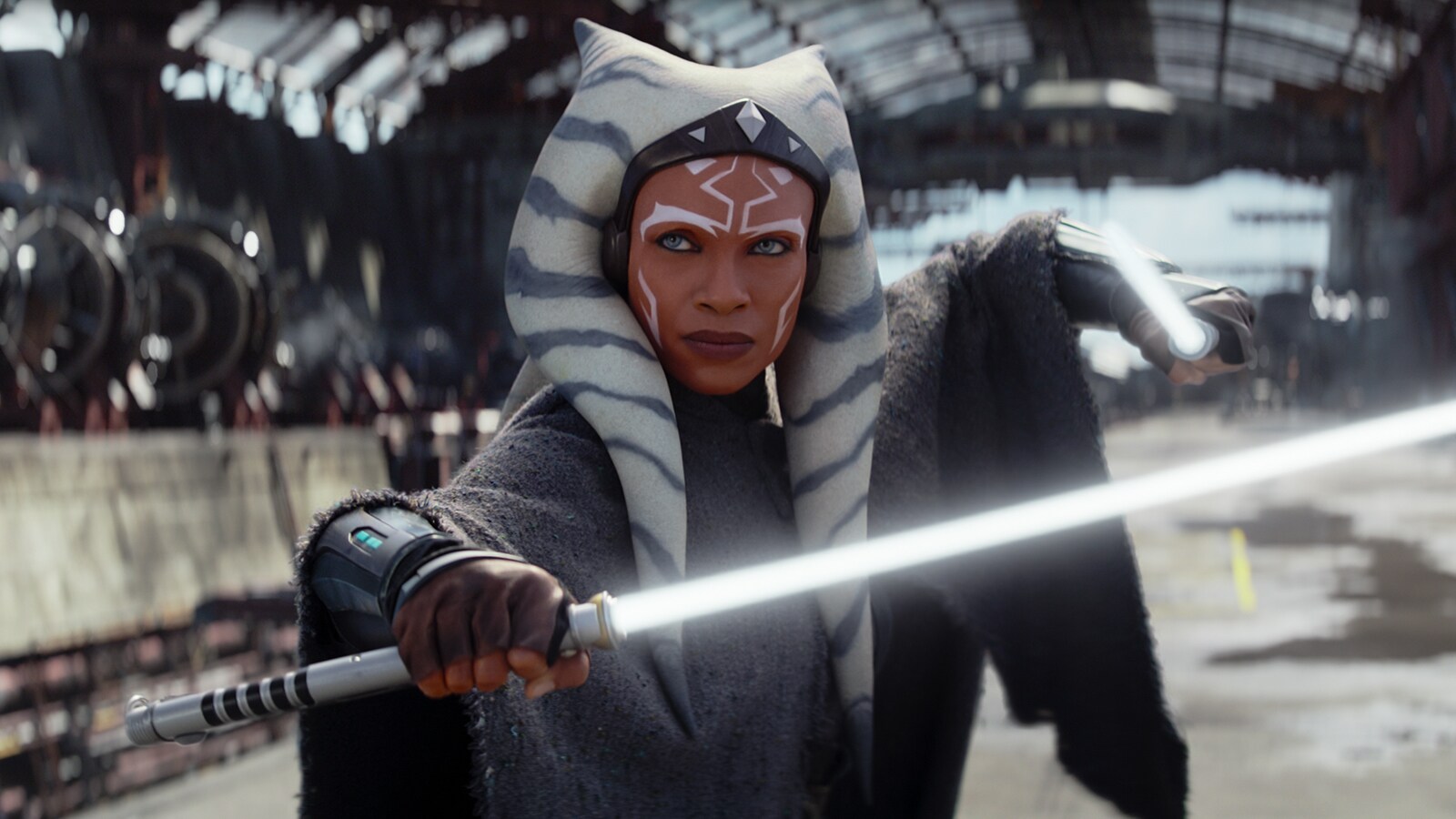Star Wars: Return of the Jedi arrived in theaters on May 25, 1983, bringing an end to the original trilogy in memorable fashion. Marking its 40th anniversary, StarWars.com presents “Jedi at 40,” a series of articles celebrating the film that brought us Jabba’s palace, Ewoks, Luke Skywalker’s final confrontation with the Emperor and Darth Vader, and so much more.

Star Wars artwork aficionados who browse the pages of 1983’s The Art of Return of the Jedi are often inspired by the illustrations of pioneering Star Wars artists Ralph McQuarrie, Joe Johnston, and Nilo Rodis-Jamero, among others. Readers might be struck, though, by a pair of stunning profile illustrations of Princess Leia on page 49 that appear unlike any other artists’ work seen in the book. The portrait illustrations, which depict Leia’s iconic hairdo while aboard Jabba the Hutt’s sail barge, appear to be done by a talented fashion artist with an eye for elegance and detail. While the book illustrations were initially credited to Star Wars: Return of the Jedi hairdresser Paul LeBlanc, they were actually composed and finished by artist Marilee Heyer, whose attribution was missed through an unfortunate oversight in the first 1983 edition (but restored in the 1997 reprint).
An accomplished illustrator whose work often graced the pages of the San Francisco Chronicle, Heyer was drawn to Lucasfilm in August 1981 because of her love for the first two Star Wars movies. “I was just crazy about them,” she says. “When the second film came out, I really, really loved it. I read about the operations being in San Rafael and just really wanted to see if I could work out there. There was one person who I knew that I had been doing some storyboards for, and she knew somebody that worked out at Lucasfilm who knew Nilo Rodis-Jamero.”

Return of the Jedi costume designer Nilo Rodis-Jamero had joined Star Wars: The Empire Strikes Back production’s miniature and optical effects unit, and moved into costume design for Jedi. As Heyer remembers it, Rodis-Jamero wanted to bring in an additional storyboard artist so that he could devote more of his time to the film’s increasing costume design needs. Heyer had originally come to the San Francisco Bay Area a decade earlier as a storyboard artist for TV commercials, but quickly pivoted to fashion illustration. Her storyboard work, however, got her the job at Lucasfilm. “My early career out of school had been working on Saturday morning children's cartoons doing layouts and planning scenes,” she says. “So I was someone that could come in and kind of assist Nilo with the storyboards. He would tell me what he wanted me to draw, and that would leave him time to go in the fashion design department and do that.”

As Heyer worked on storyboards, she would often sketch her own ideas for Leia’s various costumes during her lunch breaks. Although none of her costume sketches closely resemble those seen in the film, their polished style inspired Rodis-Jamero to ask Heyer to do some refined illustrations of Leia’s hairdos based on designs by Paul LeBlanc. “I think Nilo asked me because he knew of my experience as a fashion illustrator, that I could do pretty women well and make them look elegant,” she says. “So about a week before I was supposed to leave, he asked if I could stay and do these sketches for them.”
Four of those illustrations found their way into The Art of Return of the Jedi, and demonstrate Heyer’s clear talent for depicting Carrie Fisher’s complex hairstyles seen in the final film. Based on the strength of these and her storyboard work, Heyer was asked to stay on permanently in the Lucasfilm art department.

“I was tempted to stay because I was thinking, like everybody, that there were going to be three or four more Star Wars movies,” she recalls. “But I was told that after Return of the Jedi, George was taking a hiatus and that nobody really knew how long before the next Star Wars movie was going to come out. For my security and for my career, I just decided to go back to [San Francisco fashion company] I. Magnin, who was holding my job for me.”
While Heyer had left her brief but fulfilling role at Lucasfilm and her mark on the illustrative legacy of Return of the Jedi, she had one more contribution to make in the weeks following her departure. An illustrated production logo, like the ones done for Star Wars: A New Hope and The Empire Strikes Back by Ralph McQuarrie, was needed for Jedi’s stickers and crew patches, and Heyer was contracted to illustrate a design incorporating Yoda and part of the film’s title. “I did four or five really rough sketches in color, and they picked out the one they wanted,” she recalls. “So I produced a finished illustration, but had to leave part of the title blank because it wasn’t known or decided if it was to be Revenge of the Jedi or Return of the Jedi.”

As Star Wars collectors may be aware, the Yoda artwork logo was first used on production stickers and crew patches bearing the original Revenge of the Jedi title, and later on, similar stickers and patches offered to Official Star Wars Fan Club members with the final Return of the Jedi title. Until recently, it was unclear which artist had finished the production logo, and Heyer is glad to finally have her name attached to the iconic artwork.





















